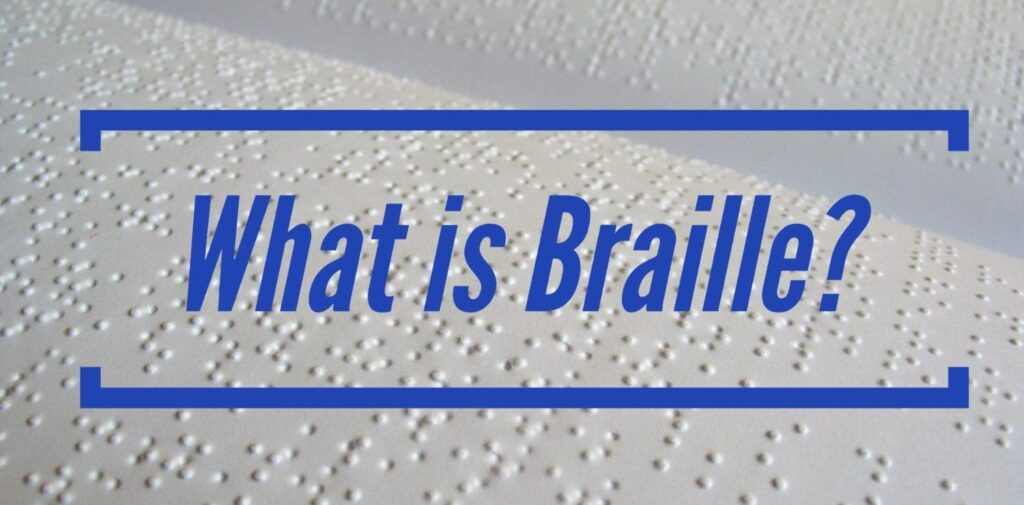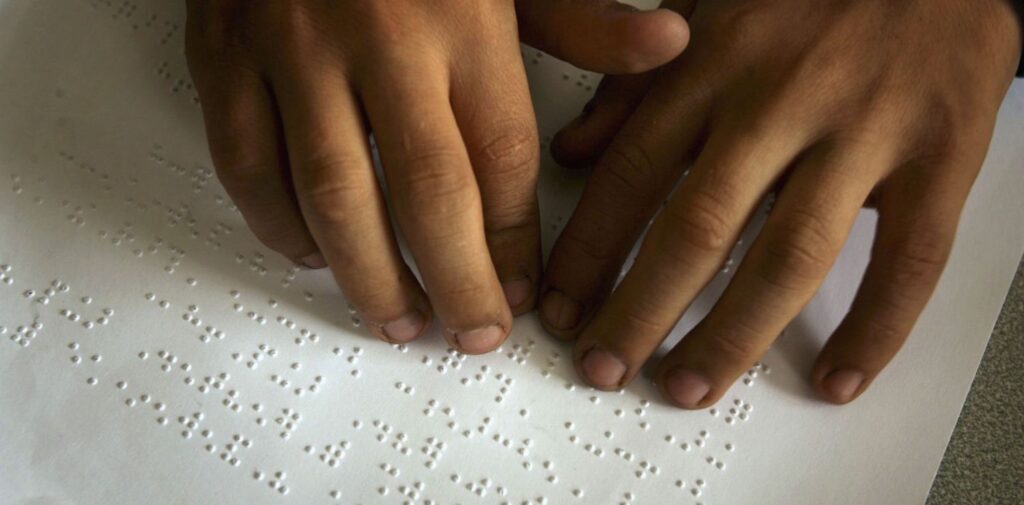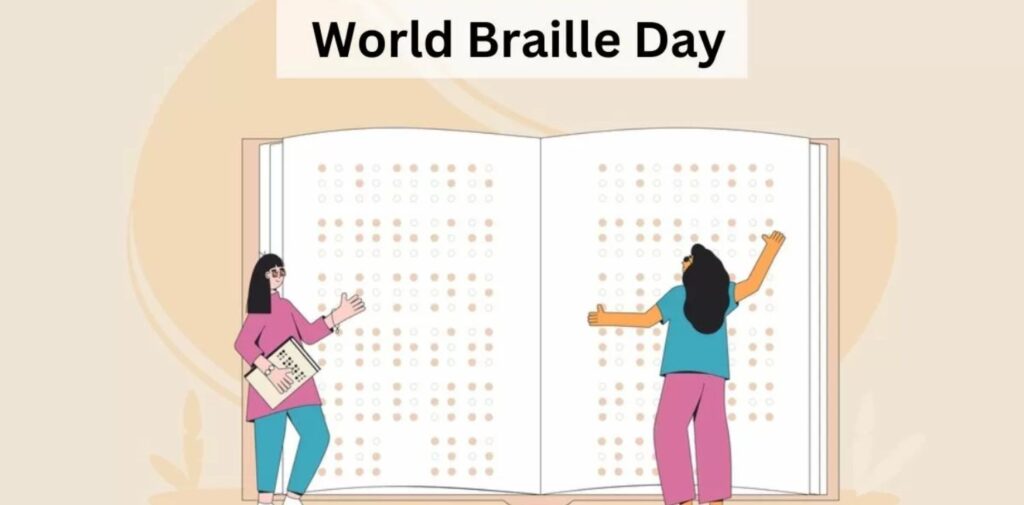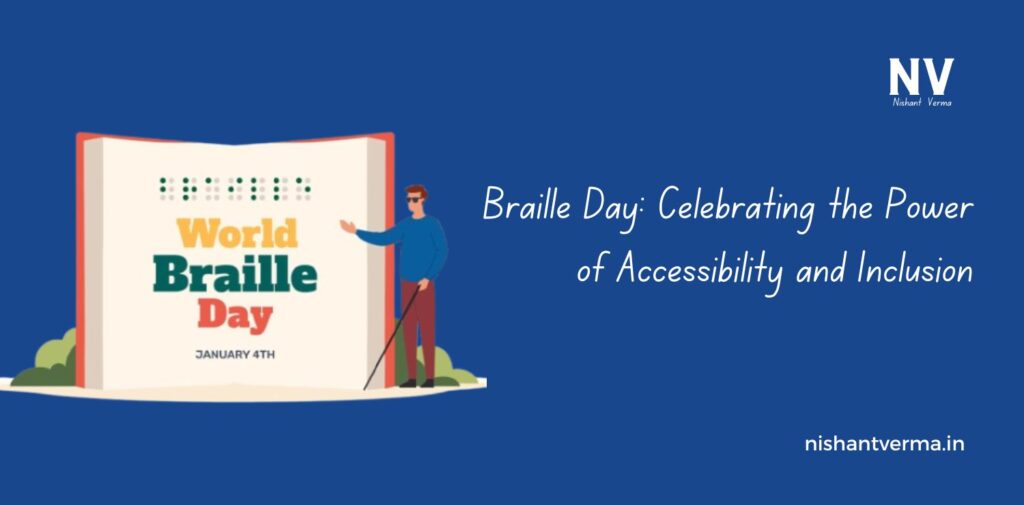Every year, January 4th is celebrated as Braille Day to honor the birth of Louis Braille, the inventor of the Braille system of reading and writing for blind individuals. This day is a reminder of the importance of accessibility and inclusion for people with visual impairments. In this article, we will explore what Braille is, how it works, and why Braille Day is an important event for raising awareness about the rights and opportunities for people with disabilities, especially in India.
What is Braille?
Braille is a tactile system of reading and writing used by people who are blind or visually impaired. It was developed by Louis Braille, a French teacher, in 1824 when he was only 15 years old. Braille uses raised dots arranged in patterns to represent letters, numbers, and punctuation marks. People who cannot see can read Braille by feeling the raised dots with their fingers.
Each character in Braille consists of up to six dots arranged in two vertical columns of three dots each. By varying the combinations of these six dots, Braille can represent letters of the alphabet, numbers, and even musical notes or mathematical symbols. This system has made it possible for blind and visually impaired individuals to read books, newspapers, and other materials, allowing them to access knowledge and information that was otherwise unavailable to them.

The History of Braille
Louis Braille, who lost his eyesight at the age of three due to an accident, faced many challenges growing up. During his school years, he struggled to learn because the education system had very few resources for blind students. At the time, blind people were taught by memorizing words or using raised print letters, which were difficult to understand and limited in use.
At the age of 15, Louis Braille developed a system of raised dots based on a military code called “night writing” that allowed soldiers to read and write in the dark. Braille modified this system to create a code that could represent all letters of the alphabet. He designed the system so that it could be easily learned and used by people with visual impairments. Braille’s invention was a breakthrough that changed the lives of blind people forever, enabling them to read and write independently.
How Does Braille Work?
The Braille system is based on six dots arranged in two columns, each with three dots. These dots can be arranged in 64 different combinations, which are used to represent letters, numbers, punctuation marks, and even special symbols. Here’s a simple way to understand how Braille works:
- The alphabet: Each letter of the alphabet has a specific combination of dots. For example, the letter “A” is represented by one dot in the upper-left corner of the cell, and the letter “B” is represented by two dots in the top-left and middle-left positions.
- Numbers: In Braille, numbers are written using the same patterns as the first ten letters of the alphabet. For example, the number 1 is the same as the letter “A” in Braille. To differentiate between letters and numbers, a special number sign is used before a number.
- Punctuation and special symbols: Braille also includes symbols for punctuation marks like commas, periods, and question marks, as well as mathematical and musical symbols.
For people with visual impairments, Braille is not just a means of reading; it’s a way to gain knowledge, communicate, and participate fully in society.

Why Braille Day is Important
Braille Day is observed to raise awareness about the challenges that blind and visually impaired individuals face in accessing education and information. The day also celebrates Louis Braille’s incredible contribution to improving the lives of people with visual disabilities.
In India, where more than 50 million people are estimated to be living with disabilities, Braille plays an important role in ensuring that individuals with visual impairments have access to the same educational opportunities as those who can see. Celebrating Braille Day is an opportunity to recognize the importance of inclusion and equal access to information for all people, regardless of their physical abilities.
Here’s why Braille Day is important for India:
- Raising Awareness About Accessibility: Although India has made significant progress in ensuring that people with disabilities can access education and public services, many challenges still exist. Braille Day helps to highlight the need for better accessibility to books, exams, and educational materials for blind students. It also draws attention to the importance of making public spaces, such as government offices and transport systems, more accessible to people with disabilities.
- Encouraging Inclusivity in Education: In India, many schools still lack proper resources for blind students, including Braille textbooks and trained teachers who can support visually impaired students. By observing Braille Day, we can push for more inclusive educational practices that help blind students succeed. It also encourages people to learn more about Braille and consider supporting or volunteering with organizations that teach Braille.
- Improving Employment Opportunities: For visually impaired people, having access to Braille can open doors to better employment opportunities. In many fields, such as administration, teaching, and research, Braille literacy can help individuals with visual impairments perform their jobs independently. Braille Day brings attention to the importance of providing better employment opportunities and workplace accessibility for people with disabilities.
- Promoting Social Inclusion: Braille Day also promotes social inclusion by highlighting the contributions that people with visual impairments make to society. When blind individuals can read and write independently using Braille, they can fully participate in social, cultural, and economic activities. This day is a reminder that society should embrace all people, regardless of their disabilities, and support their rights to education, employment, and participation in everyday life.

Celebrating Braille Day in India
Here are some simple ways you can celebrate Braille Day in India:
- Learn About Braille: Take some time to learn about the Braille system. You can watch videos or read books that explain how Braille works. Understanding the importance of Braille and how it has helped millions of people around the world can make you more empathetic and aware of the challenges faced by people with visual impairments.
- Support Organizations for the Blind: There are many organizations and NGOs in India working to support people with visual impairments. You can volunteer, donate, or raise awareness about these organizations. These groups often provide Braille books, education, and vocational training to blind students, helping them live independent lives.
- Spread Awareness: On Braille Day, consider sharing information about the Braille system on social media or with your friends and family. You can also participate in events or campaigns that promote accessibility and inclusion for people with disabilities.
- Use Braille in Your Daily Life: If you are interested in learning Braille, you can start by learning the Braille alphabet and trying to write simple words in Braille. This can help you understand the challenges faced by people who are blind, and you can gain a greater appreciation for their abilities.
Conclusion
Braille Day is a significant occasion to honor the life and work of Louis Braille, whose invention has empowered millions of blind and visually impaired individuals to read, write, and communicate independently. In India, Braille plays a crucial role in promoting equal access to education, information, and opportunities for people with disabilities. As we celebrate Braille Day, let’s reflect on the importance of accessibility and inclusivity in our society and work towards a world where everyone, regardless of their abilities, can live a fulfilling and independent life.




